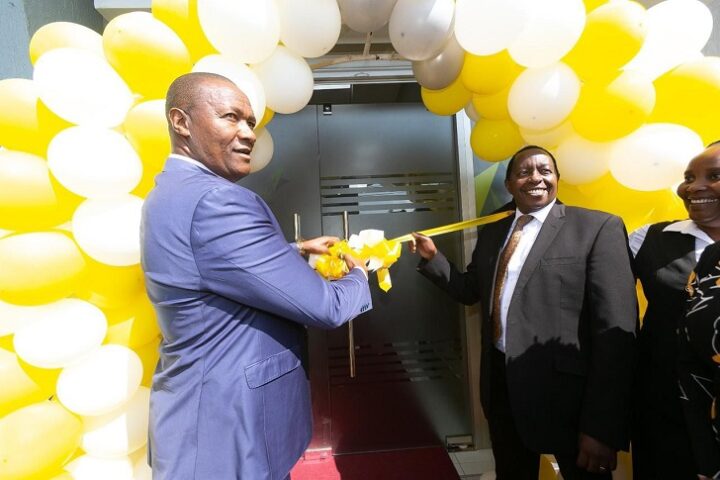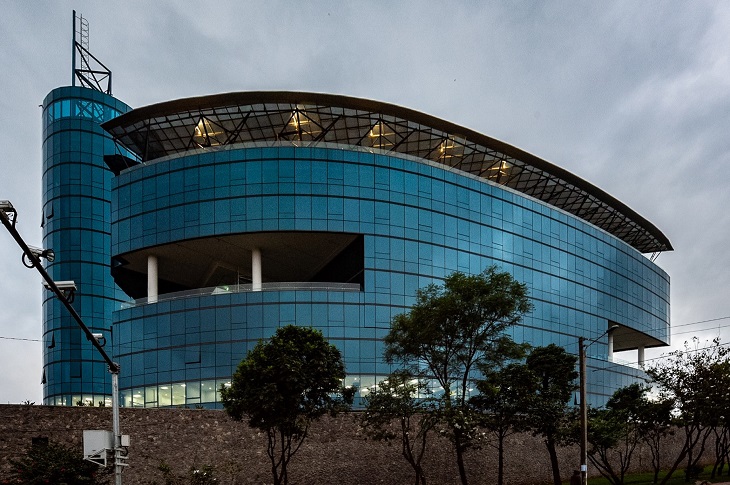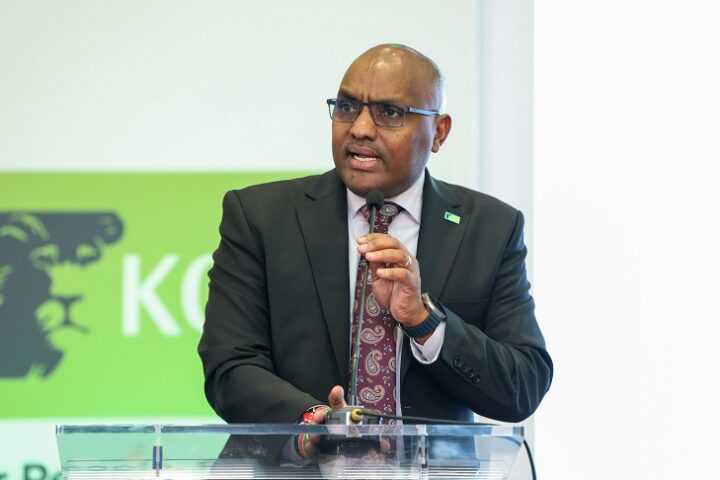Kenyan firms saw a renewed improvement in operating conditions at the start of the fourth quarter. Activity levels expanded amid a broad stabilization of new work, while employment increased for the first time in three months.
Purchasing efforts accelerated, leading to the greatest upturn in inventories since August 2023. Input cost pressures remained mild, prompting a slower increase in average prices charged.
The headline figure derived from the survey is the Purchasing Managers’ Index™ (PMI®). Readings above 50.0 signal an improvement in business conditions on the previous month, while readings below 50.0 show a deterioration.
The headline PMI ticked back above the 50.0 no-change mark in October, rising from 49.7 in September to 50.4. The reading signaled a renewed but marginal upturn in the health of the private sector, with output, new orders and employment all moving into expansion.
Total output at Kenyan businesses rose for the second time in three months during October, albeit only slightly overall. Whilst a third of firms surveyed saw their activity increase since the prior month, this was largely offset by declining activity at 29% of panelists.
Sector data further muddied the picture, as expansions in agriculture, construction and wholesale & retail were countered by decreases in manufacturing and services.
According to surveyed businesses, rising sales and greater client interest drove the increase in activity in October. That said, the overall uplift in sales was only fractional, as many firms continued to struggle with cash flow constraints, tough economic conditions, rising costs and political uncertainty.
The slight rise in output at Kenyan firms led to a similarly mild uptick in employment levels. Nonetheless, this marked the first instance of workforce growth since July, which allowed for a fresh depletion of backlogs of work.
Capacity building in October also included purchases, as the volume of inputs bought rose for the third month running.
Businesses meanwhile stocked more inputs in anticipation of new customers. Inventories rose at a modest pace that was the fastest observed in just over a year.
Greater spending by firms partly reflected a pick-up in output expectations at the start of the fourth quarter. Confidence regarding activity in the year ahead rose to a four-month high, with new outlets, reoriented marketing strategies and greater investment often cited as expected drivers of growth.
That said, sentiment remained subdued when compared with historical trends. Despite increased hiring and purchases, Kenyan firms continued to see a mild rate of input cost inflation.
While tax payments and higher material prices drove expenses up at several firms, this was partly countered by reduced fuel prices. Cost burdens were particularly weak compared to those seen last year.
As a result, average prices charged rose only marginally. Notably, a softer rise in August and a drop in April marked the only instances in almost four years where inflationary pressures on selling charges have been cooler.
Read Also: Kenyan Businesses Still Face Major Challenges In Accessing Credit













